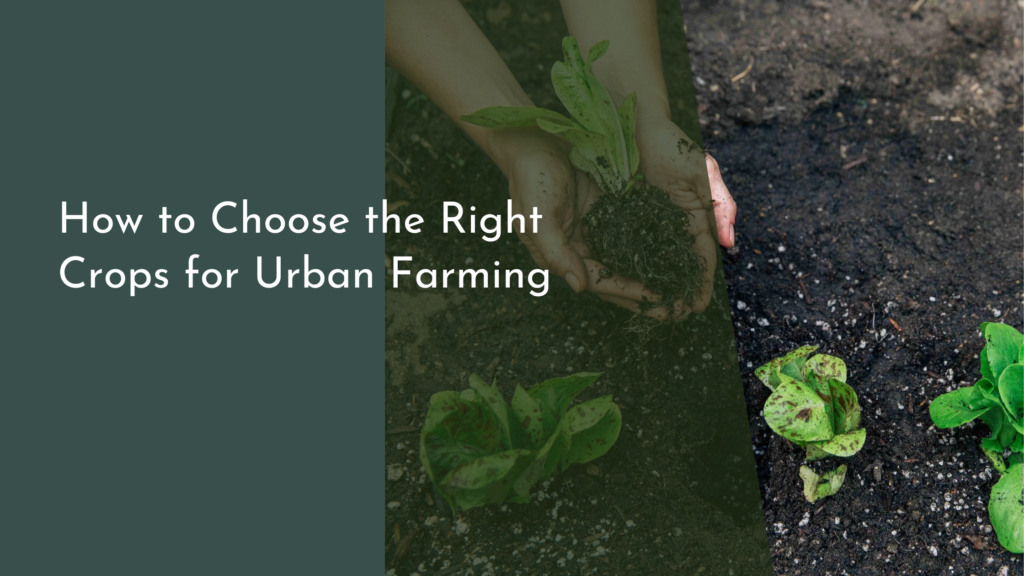The Role of Urban Forestry in Cultural Preservation
Urban forestry—often viewed through the lens of environmental sustainability—plays a crucial role in cultural preservation. As cities grow and evolve, the integration of green spaces and trees into urban landscapes not only enhances ecological balance but also nurtures community identity and heritage. Trees are not mere structures; they are living embodiments of history, memory, and cultural practices. This article explores how urban forestry acts as a green thread in cultural heritage, connects communities to their histories, celebrates traditions inspired by trees, and encourages local engagement in tree care.
Urban Forestry: A Green Thread in Cultural Heritage
Urban forestry serves as a vital connection to cultural heritage by incorporating trees that reflect the unique histories of communities. Many cities proudly display trees that have historical significance, whether they are indigenous species or varieties that were planted by early settlers. These trees become symbols of resilience and continuity, telling stories of the people who lived, worked, and thrived in those areas. As urban designers and planners increasingly recognize the value of these trees, they weave into the fabric of urban landscapes, providing a living testimony to the past.
Moreover, urban forestry initiatives often involve the preservation of existing trees and the planting of new ones in culturally significant locations. Parks, gardens, and streetscapes become canvases of heritage, showcasing the diversity of the community’s cultural background. Special attention to the historical context of tree plantings can foster a sense of belonging and pride among residents, ultimately enhancing their connection to the place they call home.
How Trees Connect Communities and Their Histories
Trees can serve as natural landmarks that evoke shared memories and narratives within communities. From ancient oaks to flowering cherry trees, these green giants often become focal points for gatherings and events, creating spaces for social interaction that are rooted in local traditions. This connection to nature facilitates more profound relationships between individuals and their environment, allowing communities to share their histories and experiences—often through storytelling that is inspired by the trees around them.
Additionally, the presence of trees can influence the cultural practices of a community. For example, specific trees may be associated with local legends, festivals, or rituals, reinforcing cultural ties while promoting a sense of shared identity. By creating spaces where people can come together under the shade of a tree, urban forestry encourages the preservation of traditions and fosters intergenerational dialogue, ultimately strengthening the fabric of community life.
Celebrating Traditions: Festivals Inspired by Urban Trees
Throughout the world, festivals centered around trees have become integral to urban cultural landscapes. These celebrations often highlight the importance of trees in local traditions, showcasing their beauty, utility, and ecological significance. From cherry blossom festivals in Japan to oak tree celebrations in parts of Europe, these events not only honor the trees themselves but also the community’s cultural heritage tied to them. They become opportunities for residents to engage in art, music, and storytelling, all while deepening their appreciation for the natural world around them.
Furthermore, such festivals often feature educational components that teach attendees about the value of urban forestry and the need for conservation. Workshops, guided tree walks, and tree planting activities encourage community involvement and foster a collective sense of responsibility toward maintaining the urban forest. By intertwining celebration with education, these festivals stand as a testament to the crucial role trees play in cultural preservation and environmental stewardship.
Nurturing Nature: Engaging Locals in Tree Care Efforts
Engaging local communities in the care and maintenance of urban trees is essential for cultural preservation and environmental sustainability. When residents participate in tree planting, pruning, and care, they develop a personal connection with the trees that go beyond mere observation. This hands-on experience cultivates a sense of ownership and pride, allowing individuals to contribute to the preservation of their community’s cultural and natural heritage.
Local organizations and city governments often initiate programs that invite citizens to take part in tree care efforts. These initiatives can include tree adoption programs, volunteer days for planting and maintenance, and educational workshops on the importance of biodiversity and ecology. When communities unite to care for their urban forest, they not only ensure the health and longevity of these remarkable trees but also strengthen their social bonds, crafting a collective identity that celebrates both nature and culture.
The intertwining of urban forestry and cultural preservation is a symbiotic relationship that enriches both the environment and the community. By recognizing the historical and cultural significance of trees in urban settings, communities can foster a deeper sense of identity and belonging. Through celebrations, storytelling, and active engagement in tree care, residents can ensure that their cultural heritage flourishes alongside their urban forests. Embracing this green thread not only enhances the beauty of cities but also cements the legacies of those who came before, creating a vibrant tapestry that will be cherished for generations to come.

